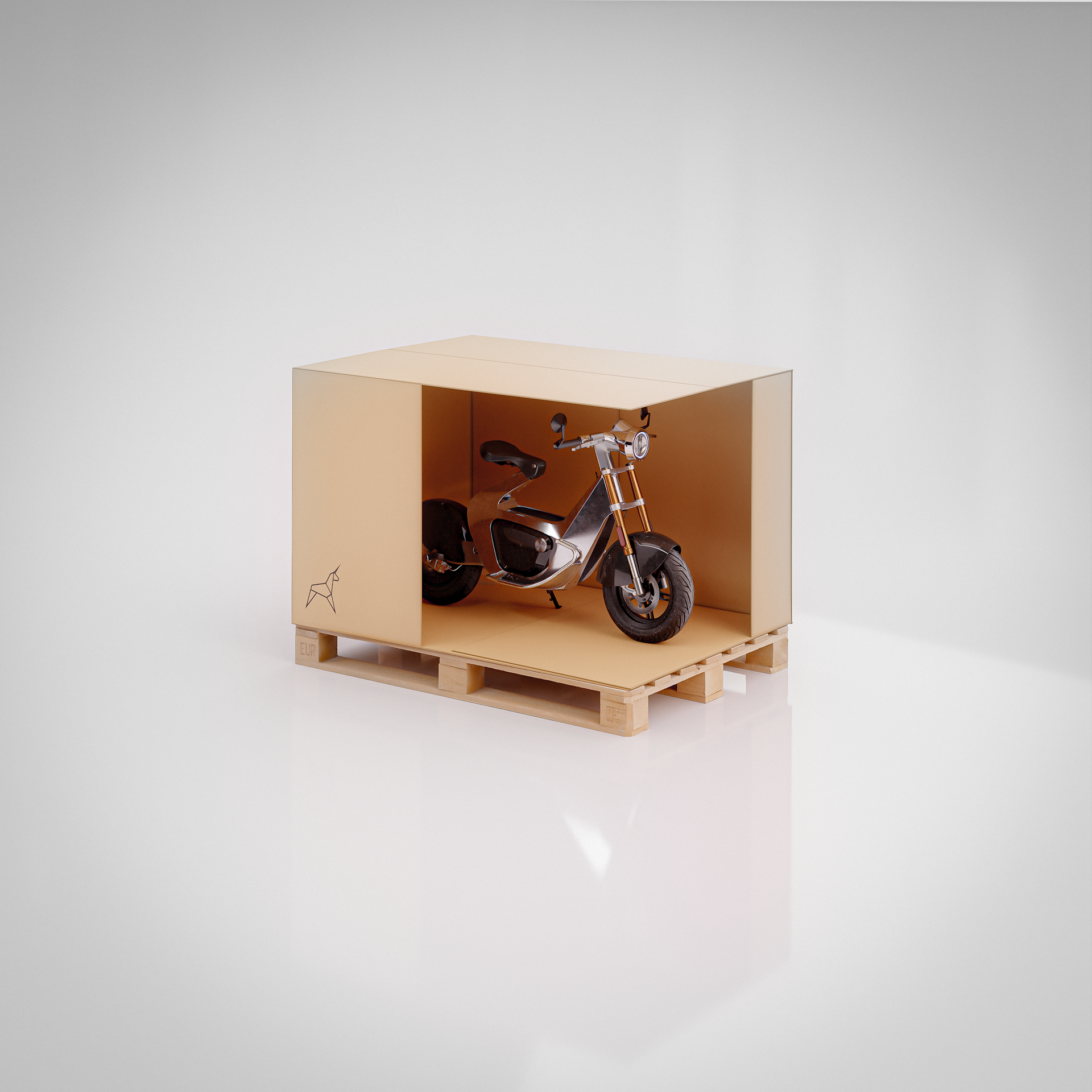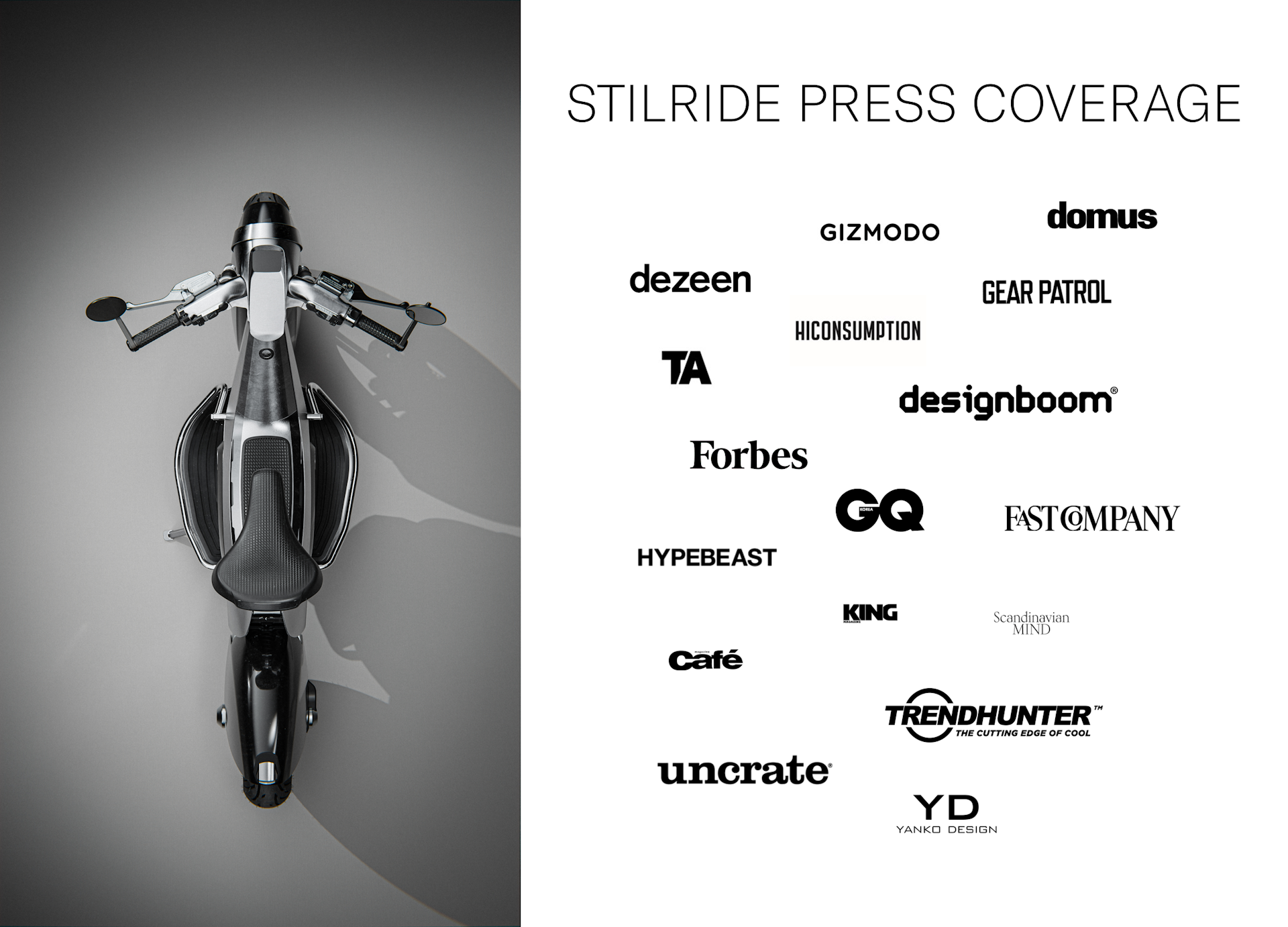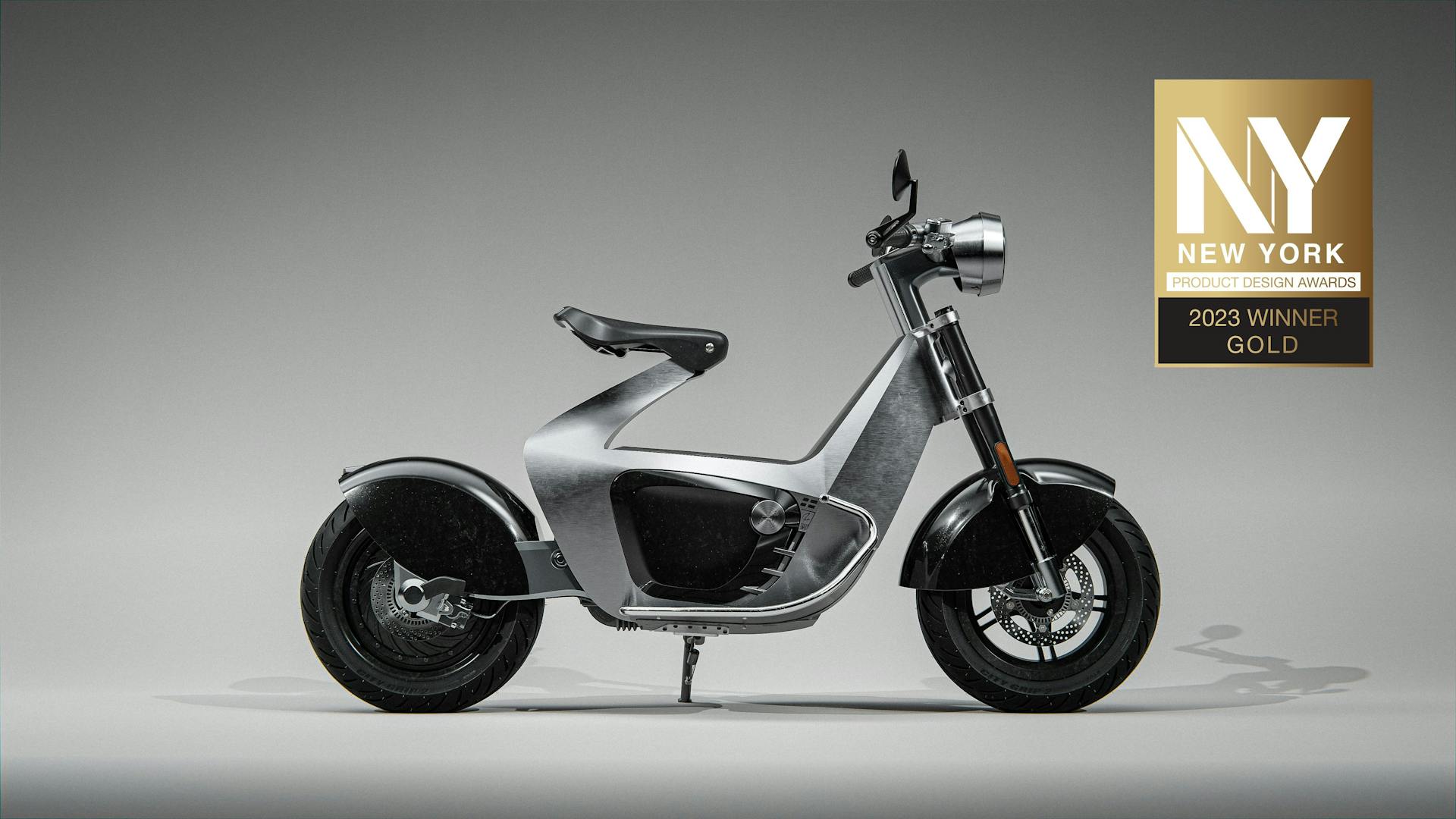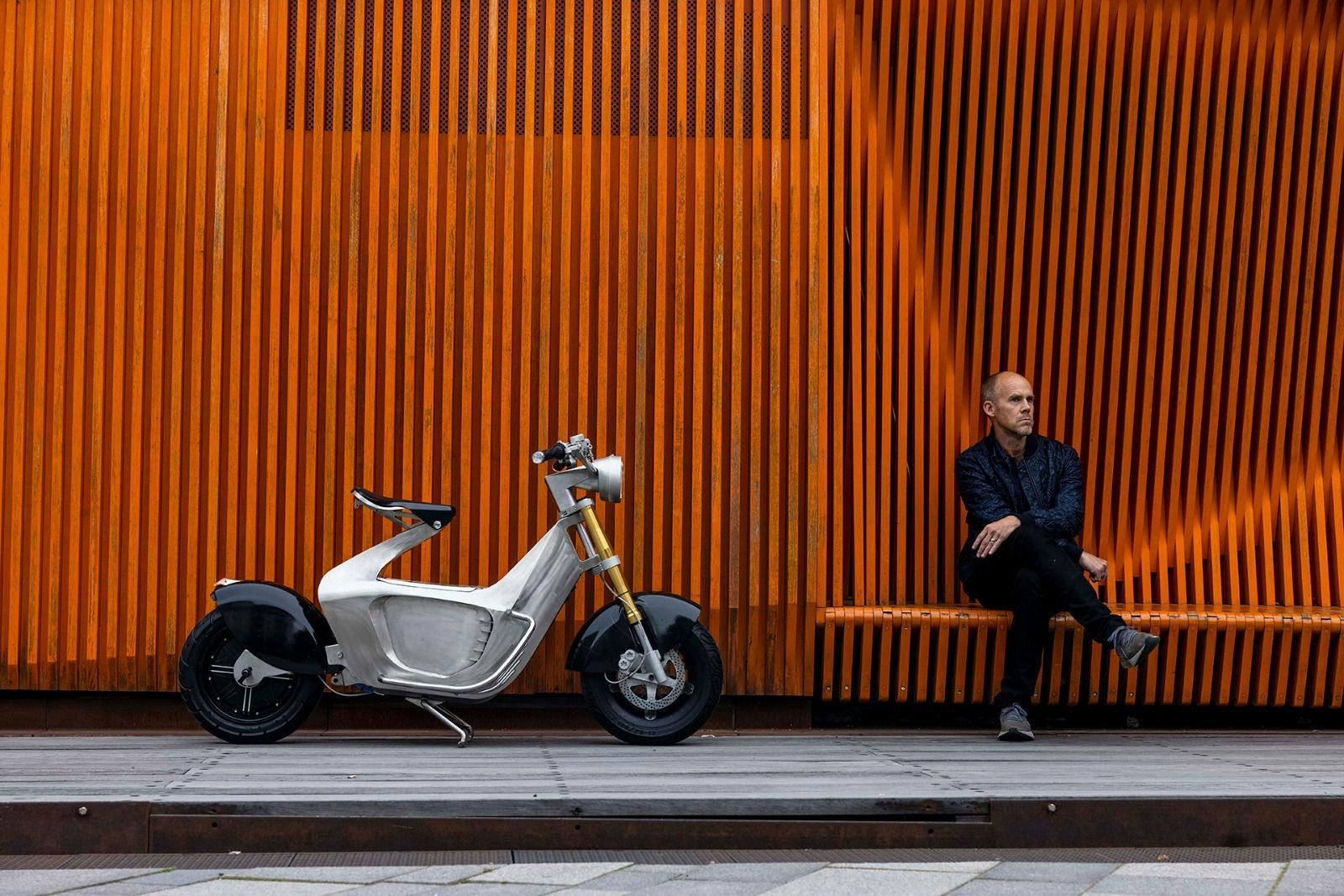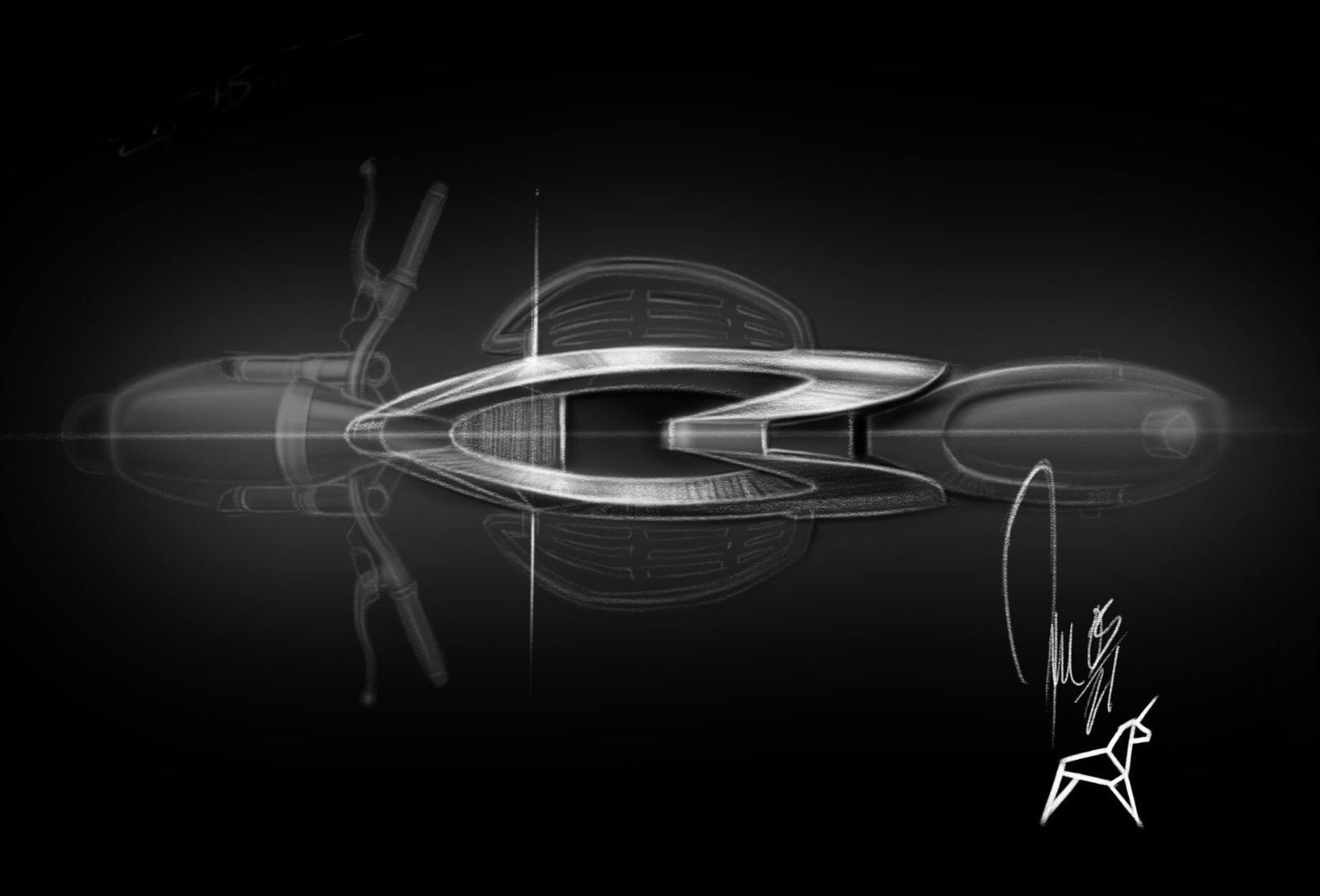
Earlier this month our design and technology parent company STILFOLD was granted its first patent right for the innovative “industrial origami” technology. The patent also covers the proprietary computer-guided intelligent software STILWARE, which enables CAD data and CAM instructions for automated robotic folding and forming.
This allows us, and soon designers and engineers all over the world, to fold flat sheets of metal into three-dimensional shapes with minimal resources. This is the very core of the STILFOLD patent — enabling a completely new and resource-effective manufacturing method without the environmental impact.
So, what is needed for an invention to be patented? We turn to our co-founder and CEO Jonas Nyvang to break down the formalities and potential of the brand-new patent.
- There are four key requirements for an invention to be patentable. Let me break them down for you:
STILFOLD can be used to create foundations, structural elements, or interior design pieces.
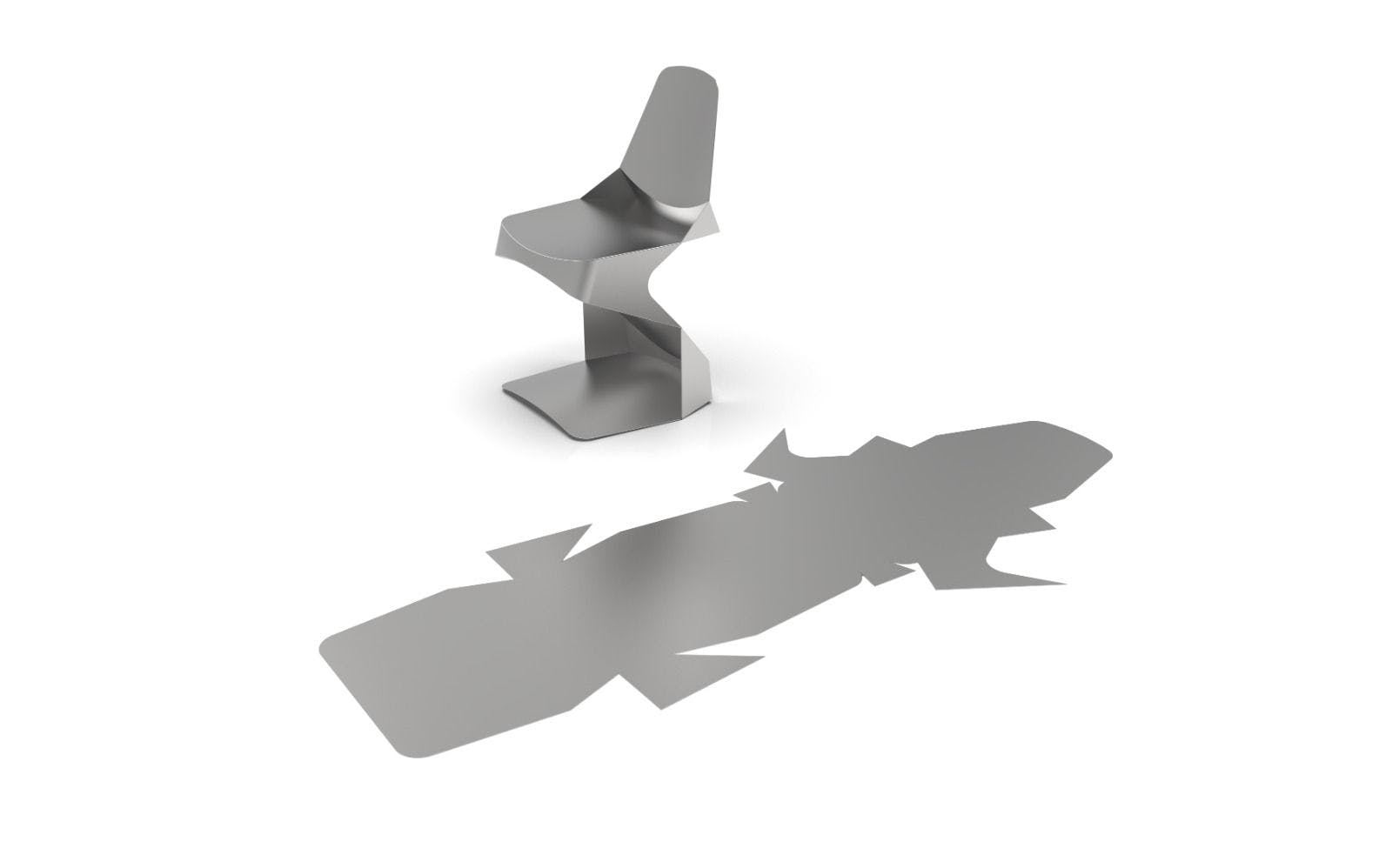
— We always knew that STILFOLD held up to these requirements, the patent is a recognition of our originality and creativity in developing a new way of manufacturing with sheet metal: one of the most widely used and recyclable materials in the world, Jonas says.
To date, STILRIDE has eleven pending patent applications in Sweden, the United States, Europe, and internationally (PCT) covering different aspects of its technology. The work with the IP (intellectual property) portfolio runs several years back, and the eleven different applications are spread across four different patent families. Wide-reaching patents are carefully planned to open up doors to endless applications and industries that, just like our light electric motorcycle STILRIDE 1, want to build strong and lightweight steel structures with a significantly lower environmental impact.
What are some industries that STILFOLD can be applied to?
— The potential applications are diverse and include automotive, aerospace, transportation, and architecture. For the aerospace industry, STILFOLD would be extremely beneficial thanks to its lightweight and high-strength structures. Weight reduction is a priority for fuel efficiency, and the technology could be used to manufacture various parts of aircraft, from internal components to the aircraft’s body. This obviously also works to produce body panels or structural elements of cars, buses, and trains, Jonas says, adding:
— Interestingly, architects and interior designers could also use the technology to create foundations, structural elements, or interior design pieces. The ability to create unique shapes could be attractive for sustainable and innovative building design.
